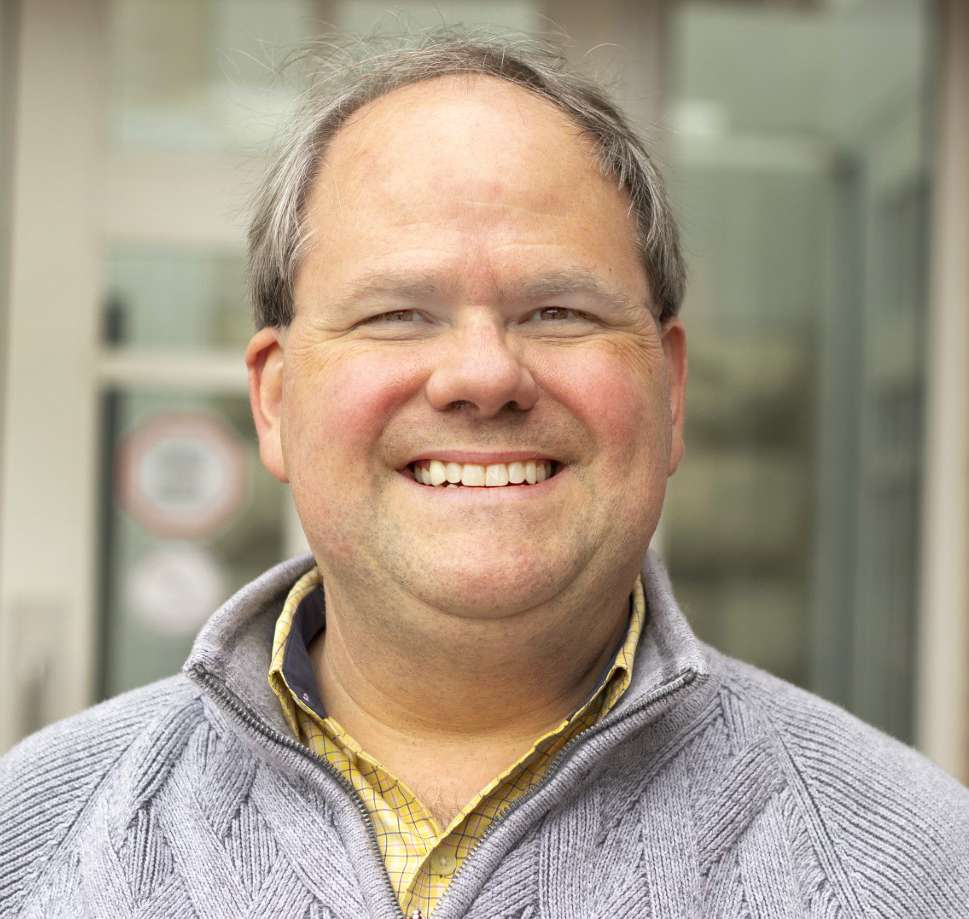
How will the residents of Kansas’ “Big First” get along with Lawrence? This is only one of many questions posted by Kansas’ new Congressional district map.
The Big First is Kansas’ rural, western and central district that stretches to Colorado. In this year’s map, Lawrence is “scooped” out of the Second and placed into the Big First by an eastward appendage that resembles an arm or a hook. Plaintiffs challenged the map and District Court judge Bill Klapper ruled for the plaintiffs, but the Kansas Supreme Court reversed and their decision—and the map—are final.
The Big First is one of America’s “reddest” (most Republican) districts. Meanwhile, 60 percent of Douglas County’s voters preferred President Biden over Donald Trump, and a crushing 81.5 percent voted “No” on this summer’s proposed, anti-abortion constitutional referendum. For its new neighbors, Lawrence is really going to keep things interesting.

Will incumbent Tracey Mann schedule town hall meetings in Lawrence? Expect many in this open and inclusive community to take Mann to task for his rhetoric about immigrants and immigration, which many will find offensive. If there are no meetings scheduled locally, Lawrence residents can travel. Also, will Mann fight for federal funding for KU? Right now, that job seems to fall to Rep. Sharice Davids in the House, but none of the main campus lies in her district, plus she faces a tough challenger and a new district this fall.
Electorally, Lawrence’s Democratic supermajority cannot overcome the Republican advantage in the Big First. Yet the community’s population of politically active people have other options. They may start fundraising, recruiting, and base-building in the rest of the district. As my colleague Alex Middlewood pointed out a few weeks ago in her column, Kansas has several statehouse and other races that go unopposed, and many of those are Republican districts in Western Kansas. That region has not always been so one-sided. In the early 2000s, popular incumbents like state senator Janis Lee, state representatives Josh Svaty and Eber Phelps, and State Treasurer Dennis McKinney insured that Democrat were represented west of Salina. The formidable fundraising and organizing power of Lawrence combined with KU’s vast alumni network might be just the tickets to start recruiting, funding, and training new candidates for state and local office, for example from the growing immigrant communities of that region, which currently have little to no representation and notoriously lower voter turnout. Another college town, Manhattan has been in the district since 2012—adding Lawrence will change the Big First’s character still further.
Changes are coming to the other districts, too. Most of Wyandotte county is moved from the Kansas-City area Third District, into the Second with Topeka, but not Lawrence, creating a strangely-shaped district which will be substantially more urban than the one to which Rep. Jake LaTurner is accustomed to representing. Several counties in the Flint Hills region were then moved from the Big First into the Second. All in all, hundreds of thousands more voters were moved from district to district than would have been necessary simply to comply with the 2020 U.S. Census, with only Wichita’s Fourth District remaining largely unchanged.
Finally, the Third District now combines three rural counties, all of Johnson County, and the southernmost portion of Kansas City, changing its character and setting up a showdown between incumbent Sharice Davids and her challenger, Republican Amanda Adkins.
Redistricting has consequences that go far beyond the partisan balance between Democrats and Republicans. In the next few election cycles, Kansans will learn just how far these can go.
Michael Smith is a professor at Emporia State University.






